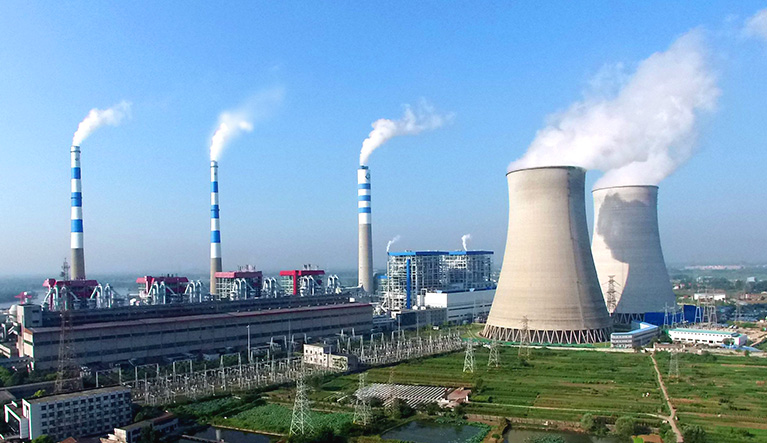In the power industry, refractory materials are primarily used in the construction and equipment of high-temperature parts in power plants to ensure safe and efficient operation.
Common refractory materials include high-alumina bricks, silica bricks, magnesia-alumina bricks, and silicon carbide materials. These materials protect equipment from damage due to high temperatures and corrosion, ensuring the safe and efficient operation of power plants.

Furnace: The furnace is the main combustion area, and refractory materials are required to withstand high temperatures and direct flame impact, protecting the furnace structure from damage.
Boiler: The internal environment of the boiler is subject to high temperature and pressure, requiring refractory materials to protect the boiler walls from high temperature effects and improve thermal efficiency.
Chimney: Refractory materials are used inside the chimney to prevent corrosion from high-temperature flue gas, ensuring smooth emission of flue gas.
Pipelines: In pipelines transporting high-temperature fluids (such as steam), refractory materials protect the pipelines from direct high-temperature fluid impact, extending the service life of the pipelines.
In addition, refractory materials may be used to construct other high-temperature equipments, such as preheaters and combustion chambers, to ensure safe and stable operation in high-temperature environments.
In the power industry, refractory materials are primarily used in the construction and equipment of high-temperature parts in power plants to ensure safe and efficient operation.